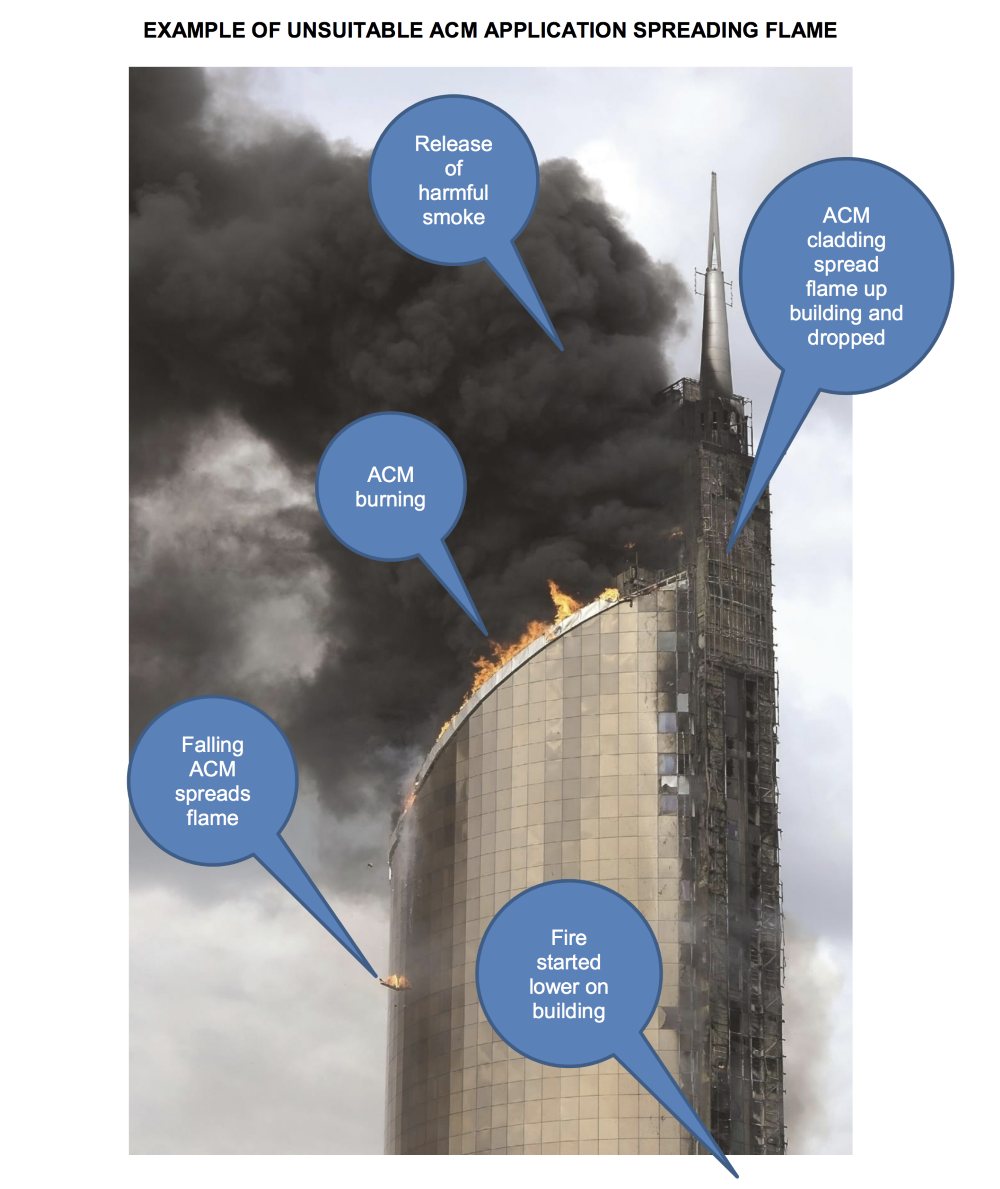Cladding Testing Laboratory – Testing of Architectural Cladding Materials and Combustibility Risk
Cladding Testing has the experience and expertise to guide and assist you to comply with the new combustible cladding laws by helping you identify, sample, test and prepare a cladding combustibility risk report.
The types of cladding testing conducted by our Cladding Testing Lab are:
– Testing of flammable cladding
– Testing of combustible cladding
– Testing of building cladding for flammability potential and combustibility risk
– Testing on architectural cladding for combustibility and flammability
– Testing on facade cladding to check flammability potential and composition
We also performs Positive Material Identification (PMI) and Combustibility Rating (CR) on architectural cladding such as:
– Aluminium Composite Materials (ACM)
– Aluminium Composite Panels (ACP)
– Expanded Polystyrene Panels (EPS)
– Polyisocyanuarate Foam Panels (PIC)
– and many others
Our Experience:
– We have extensive experience with testing of polymers and polymeric building materials in our Advanced Analytical Laboratory – 25 years in business.
– As a Nationally Accredited Testing Laboratory (NATA certified), our technicians, equipment and quality system are monitored regularly for proficiency and compliance assuring that you can count on quality results every time.
– We conduct all our cladding testing in house unlike other labs that outsource testing to third party labs.
Is your cladding safe?
Get a sample tested today from $710. Contact us now for rapid and reliable results!
Does your building need to comply with the combustible cladding regulations?
We Can Provide Combustible Cladding Testing and Report. Quick Turnaround and Reliable Service.
Don’t leave it to chance!

Is Your Building Cladding Safe?
An Easy 3-Step Process:
STAGE 1 – Site Inspection and Sample Extraction:
An ExcelPlas Australia representative visits the property, inspects the type and style of external walls, looks at the available architectural documents and takes a series of cladding samples from different locations on the wall. Samples are 50mm in diameter and are taken from different locations to reduce visual impact and for ease of access. Samples are sealed and sent to ExcelPlas Melbourne Laboratory for testing.
STAGE 2 – ExcelPlas Sample NATA Testing:
ExcelPlas examines the chemical character of each sample core material by: Metal analysis of the sheeting on either side of the core X-ray elemental identification analysis of the core components Infrared spectroscopy of chemical make-up of the polymer core Thermogravimetric Pyrolysis (TGA) of the combustibility of the polymer core
Wall cladding typically falls into two main categories as defined by the combustion of its core material: Combustible – A high or medium percentage of polyethylene (PE) or polyurethane (PU) or polystyrene (PS) is present in the sample Non-combustible – The sample has a heavy mineral-filled flame retardant core, mineral wool or other non-combustible compound comprised primarily of mineral content
STAGE 3 – ACP wall cladding report on combustibility:
As your test results identify your sample(s) of the ACP cladding are combustible, our report will outline the results and conclusions from the ExcelPlas testing and analysis.
ExcelPlas Australia offers: to test a small sample of ACP cladding from the building to determine the composition of its core material for combustibility a reporting process to inform clients of the levels of combustibility identified in the test and a pathway for action
For more information, please refer to:
https://nexuslawyers.com.au/about-nexus/combustible-cladding-update-victoria-prohibits-use-of-acp/
